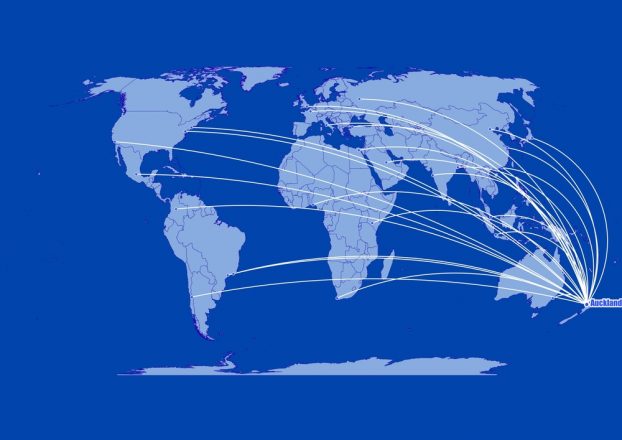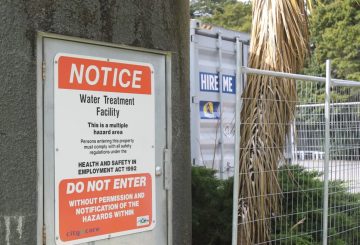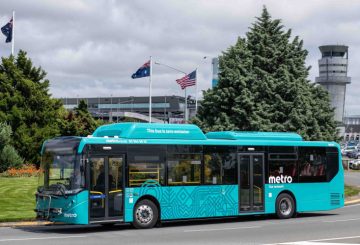一个航空业组织呼吁政府放松管理隔离(MIQ)限制,因为它担心国际航空公司可能会放弃来这里。
新西兰航空公司代表委员会执行董事贾斯汀·泰格-乌伯斯告诉 Checkpoint 航空公司变得越来越沮丧,有些航空公司已经撤出新西兰作为目的地。
“目前正在发生的事情是,新西兰的航空公司管理人员必须证明航线表现以及他们在这些航班上的收益是合理的,这些航班有 60 名乘客[compared]与世界其他地区一起进入。
“在欧洲,他们正在迅速装满飞机,因为他们现在可以为接种疫苗的旅行者开放旅行。因此,新西兰的航线表现看起来风险很高,成本也很高。”
他说,到目前为止,航空公司已经决定了夏季和 3 月之前的航线。
“实际上,我们必须在 3 月之前向航空公司发出明确的信号,让航空公司在明年夏天飞行,了解我们的设置。
“因此,根据[leeway]北半球和南半球的季节运作方式,你实际上必须有五到七个月的时间向航空公司发出信号并抓住这种能力。
“一个好的开端和一个简单的信号表明我们认真对待开放边境是说 ‘对,接种疫苗的新西兰人可以回家过圣诞节,他们不需要进入 MIQ。”
“但是为了能够在圣诞节之前把他们带回新西兰,我们现在真的需要被告知。”
他说,改变 MIQ 是有意义的,因为许多海外的新西兰人生活在风险低于奥克兰的国家。
“已经接受了明确阴性检测的双重接种疫苗的旅行者,他们实际上比飞往的社区低得多的风险。
“因此,将它们放在珍贵的 MIQ 房间里毫无意义,这些房间可以用来隔离奥克兰这里已经生病的人。”
政府已经表示,从明年年初开始,海外入境者将发生变化。
但是,Tighe-Umbers 表示,航空公司需要更具体的时间表,因为最多可能需要三个月的时间才能将合适的飞机从存储空间中移出并重新启动并运行。
“随着现有航班的到来,我们目前确实有一些空余容量飞往新西兰,因为通常他们只有大约 30-60 人进入 MIQ。
“为了确保我们保持航空公司在这里停留并在这里飞行,我们必须给出确定性。
“即使是著名的保守派西澳大利亚州西澳大利亚州西澳大利亚州,他们也已经制定了计划,表示一旦接种疫苗的游客达到 90%,他们将在 1 月底允许免疫接种的游客进行隔离,因此我们只需要确定这一点。”
他说,与两年前相比,如今到新西兰的旅行量为 98%。
“在一个典型的月份,我们将有 60 万人飞往新西兰,现在我们有大约 12,000 人飞入新西兰,所以我认为就目前飞往新西兰的人数而言,我们已经回到了 1960 年代。”
来源:RNZ 新闻






























































